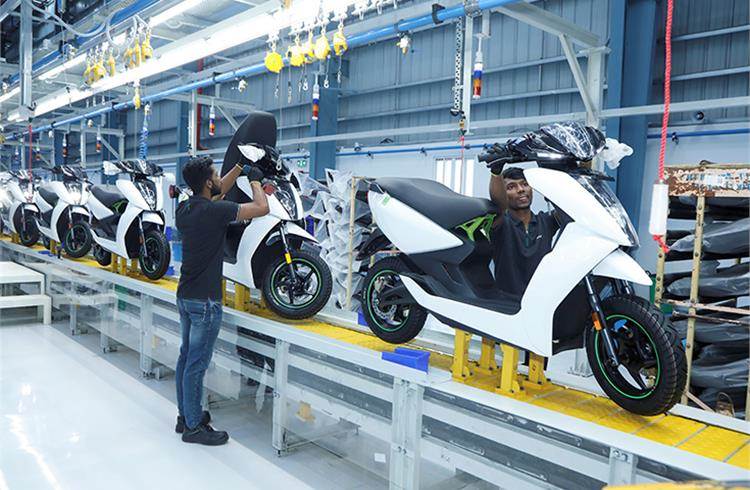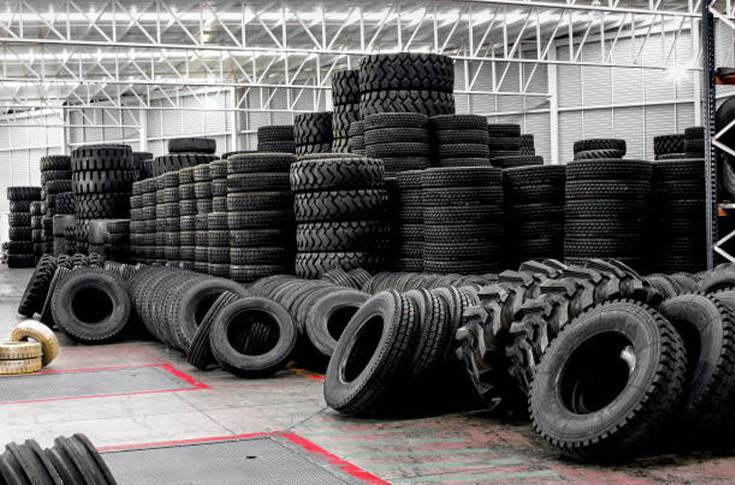The initial purchase cost of an electric two-wheeler would increase by 10% with the implementation of the Central Government’s recently announced Electric Mobility Promotion Scheme (EMPS) 2024. Moreover, this would make the initial purchase cost of an e-2W over 70% more expensive, AS compared to a petrol scooter, claims rating agency ICRA.
Though the reduction in subsidy benefits is a short-term impediment for e2W manufacturers and could exert pressure on cost structures, if price hikes are not completely passed on, the pickup in volumes is expected to partially mitigate the impact. Nevertheless, their ability to ensure timely fund raising to support the capital structure or competitiveness of manufacturers would be the key, ICRA added.
On March 13, 2024, the Ministry of Heavy Industries, Government of India, announced the Electric Mobility Promotion Scheme 2024 with a total outlay of Rs 500 crore to support the adoption of e-2Ws and e-3Ws (including e-rickshaws, e-carts, and L5 category vehicles) for a period of four months from April 1, 2024, to July 31, 2024. Around two-thirds of the outlay is proposed to be earmarked for e-2Ws. As per the scheme, the subsidy for e-2Ws has been reduced to Rs 5,000/KwH from Rs 10,000/KwH earlier, with a cap of Rs 10,000 per vehicle for e-2W (from 15% of the ex-showroom price earlier), Rs 25,000 for e-rickshaws and e-carts, and Rs 50,000 for L5 category e-3Ws, respectively.
Shamsher Dewan, Senior Vice President and Group Head, Corporate Ratings, ICRA, says, “The government’s announcement to offer incentives under a new scheme for e-2Ws and e-3Ws will continue to provide a disruption-free environment for e-2W OEMs just before the FAME-II scheme was about to end.”
“Although the reduction in the subsidy benefit is a short-term impediment and may impact demand to some extent, OEMs will continue to strive to offer competitive products by leveraging their cost structure through localisation of key components and value engineering capabilities. In addition, softening in battery cell prices (which account for almost 40% of vehicle costs) will also help them offset the impact of lower subsidies to some extent.”
He further added that in ICRA’s estimates, the payback period could get elongated to 5.5 years vis-à-vis five years (under the FAME-II framework), in a scenario wherein the e-2W manufacturers were to completely pass on the subsidy reduction amount to the consumers in the form of price hikes.
However, the long-term potential for the e-2W segment remains favourable, aided by a) improving cost of ownership vis-à-vis ICE vehicles and b) enhanced customer confidence with regard to range anxiety, financing avenues, and other vehicle attributes such as safety.
In addition, the government’s focus on promoting electric vehicles through various initiatives (including PLI) will continue to drive electric vehicle adoption over the medium term. ICRA expects penetration of e-2Ws to inch to 6-8% in the overall industry by FY2025 as compared to approximately 5% at present,” added Dewan.



